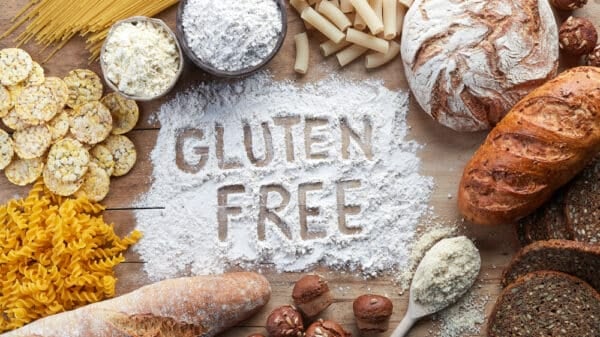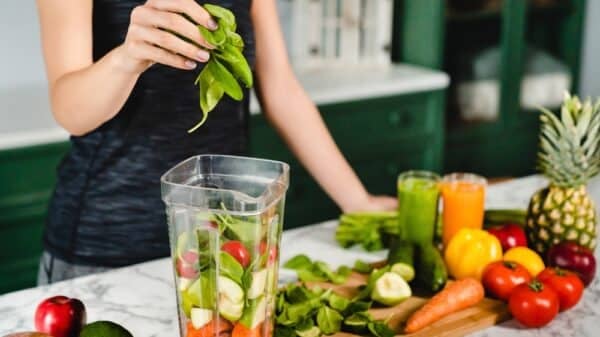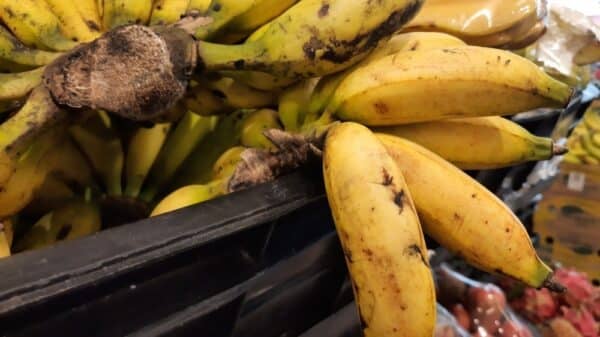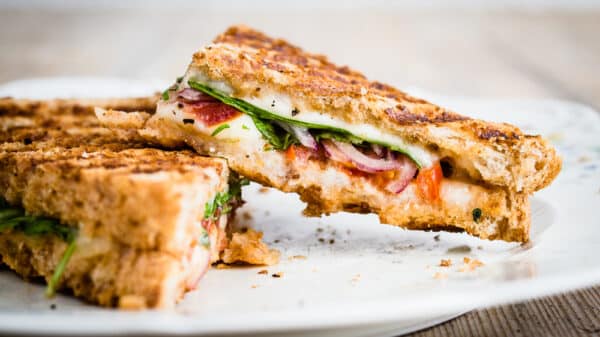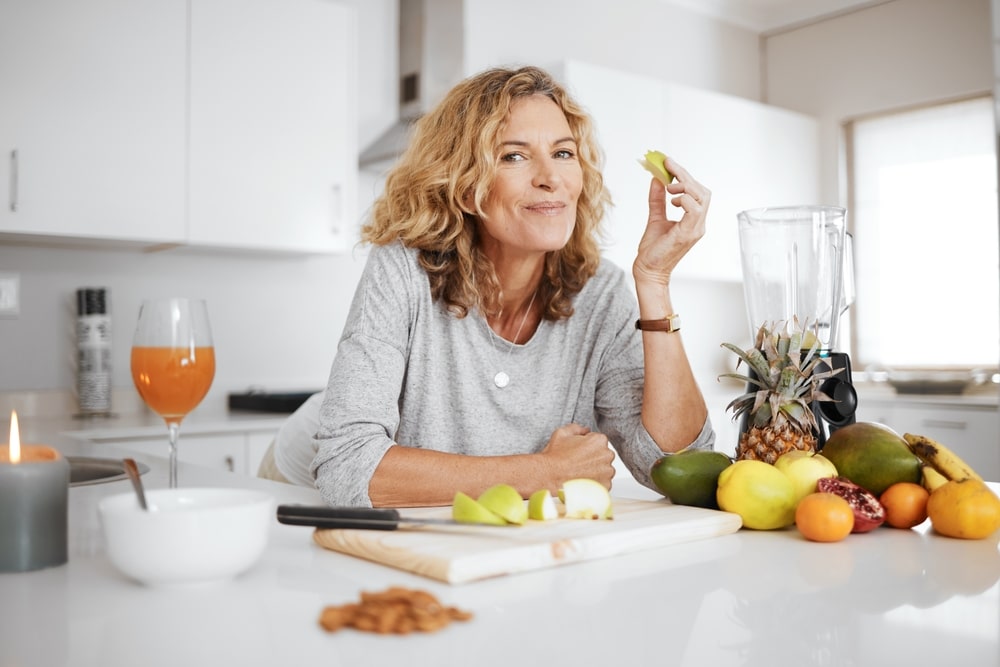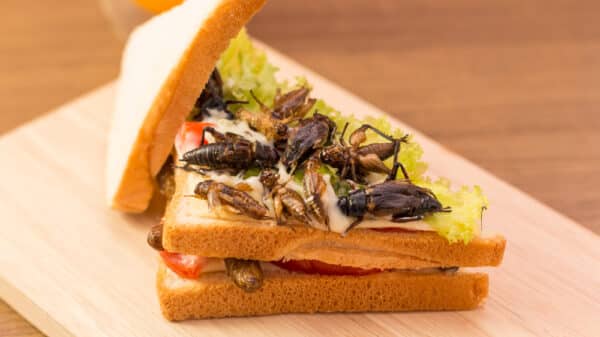Microplastics have infiltrated virtually every ecosystem on our planet—from the deepest oceans to the farthest reaches of the Arctic tundra. In a groundbreaking study conducted in New Mexico in 2024, scientists examined 52 autopsy samples from human brains and discovered that no part of our bodies is immune to these tiny plastic particles. Alarmingly, the results indicated that the concentration of microplastics found in the brain was notably higher in samples from 2024 than in those collected back in 2016. This begs the question: what does this mean for our health?
While still largely ambiguous, the presence of microplastics in our bodies is an area of increasing concern among experts. As I sought to understand this complex issue better, it became clear that though we cannot completely eradicate our exposure to microplastics, we can certainly take practical steps to limit it—especially when it comes to our food.
Microplastics, defined as small plastic fragments measuring less than 5 millimeters in diameter, are a byproduct of our ever-expanding plastic use. Some of these particles are intentionally manufactured at a minute scale for products such as cosmetics, while others form as larger plastics, like the containers we store leftovers in, disintegrate over time due to environmental wear and tear.
An official from the FDA’s Human Foods Program pointed out that a significant volume of plastic waste accumulates in landfills, where it doesn’t biodegrade. Instead, it gradually breaks down into microplastics that can seep into the soil and groundwater. Over time, these minuscule particles may be carried by rain and wind, landing in our water supplies or even in the crops we rely on for food. This is where the connection to our meals becomes evident. “Microplastics find their way into our diets through two main routes: from soil or water contaminated with microplastics, and from plastic packaging,” explains Dr. Lili He, an esteemed analytical chemist and head of the Department of Food Science at the University of Massachusetts Amherst.
The seriousness of the contamination is highlighted by research that shows nearly 90% of samples from various protein sources contained microplastics, with processed proteins having the highest levels. For example, a study revealed that the seafood we enjoy regularly harbors the most microplastic particles, while terrestrial meats like beef and chicken showed significantly lower levels. Yet, if you’ve ever microwaved your lunch in a plastic container, you might unknowingly be adding to your microplastic intake. Research indicated that certain plastic containers could release up to three times more microplastics when heated in the microwave compared to their static state.
The presence of microplastics in our bodies raises legitimate concerns. These particles have been detected in urine, stool, blood, breast milk, and even organs. Experts, including Dr. He, assert that we currently don’t have definitive answers about the health risks they pose. Although no direct link to diseases has been established, early studies suggest that microplastics could trigger inflammation—one of the leading drivers behind many chronic conditions such as heart disease, cancer, and diabetes.
Moreover, another concerning aspect is how microplastics may disrupt gut health by disrupting digestion and contributing to gut dysbiosis, which can lead our bodies to struggle with nutrient absorption. The scary part is that microplastics can also clump together and absorb harmful heavy metals and toxic chemicals. Consequently, the potential for these contaminants to enter our food supply, and thus, our bodies, raises serious red flags in terms of food safety.
Unsettlingly, some researchers are even linking the increasing prevalence of colon cancer in younger individuals to the presence of microplastics, suggesting they may be damaging the gut’s protective mucosal layer.
While none of this information provides a guarantee that we are at immediate risk, it does serve as a wake-up call for us to be more aware of what we consume. Making conscious choices about food packaging, striving to minimize our use of plastics, and opting for fresh, whole foods where possible can significantly lower our exposure to those pesky microplastics.
In our quest for health and well-being, we must remember that we are part of a larger ecosystem, and our choices matter. Making small changes today can contribute to a healthier future for both ourselves and our environment. So let’s empower ourselves with knowledge and take practical steps to reduce our exposure to these pervasive particles. Together, we can make a difference—one meal at a time.Microplastics are the tiny, often invisible fragments of plastic that have invaded nearly every corner of our lives—right down to the food we eat and the water we drink. Alarmingly, research has found these particles not only in various environmental sources, like oceans and soil, but also in human brains and potentially linked to grave health concerns. It’s frightening to think that something so small can have such significant consequences, including a potential increase in cancer risk and links to neurodegenerative diseases like dementia. In a recent study, researchers discovered microplastic concentrations in human brains, particularly higher in individuals diagnosed with dementia. This revelation highlights the urgent need to address microplastic exposure as part of our health and wellness routines.
While it may seem impossible to escape microplastics entirely, there are effective strategies that can help minimize your exposure, especially regarding your food consumption. Here are some actionable steps you can implement in your daily life to cut down on these tiny particles:
- Choose glass over plastic: If you’re in the market for a new blender or food processor, consider opting for one with a thick glass pitcher. A study highlighted that plastic blenders can release billions of microplastic particles into liquids after just a short period of use. Making this switch not only protects your health but also adds a touch of style to your kitchen!
- Ditch plastic water bottles: This might feel like a small step, but switching to a reusable, non-plastic water bottle can drastically reduce your exposure. Did you know a single liter of bottled water can contain up to 100,000 microplastic particles? Investing in a sturdy metal or glass bottle is not just a healthier choice—it’s also a commitment to sustainability.
- Be mindful of tea bags: If you’re a tea drinker, consider what your tea bags are made of. Many common tea bags made from food-grade nylon release significant microplastics when exposed to hot water—more than single-use plastic cups, in fact! Opt for tea bags made from natural materials, or better yet, go for loose-leaf tea, which is not only delicious but often fresher.
- Switch to non-plastic cutting boards: If you’re still using plastic cutting boards, it may be time for an upgrade. Every time you chop veggies on plastic, microplastics can leach into your food. Wooden or metal cutting boards are solid alternatives that keep your food as clean as it can be.
- Avoid microwaving plastic: We all appreciate the convenience of the microwave, but remember to transfer food to glass or ceramic containers before reheating. Even if some plastic is marked as microwave-safe, it’s wise to be cautious. It’s a simple habit that can yield significant benefits.
- Filter your tap water: For peace of mind, consider installing a filtration system for your tap water. Studies suggest microfiltration devices can remove between 78% to 100% of microplastics, giving you cleaner water for drinking and cooking.
- Skip plastic produce bags: While you’re likely already using reusable grocery bags for shopping, don’t overlook the produce section. Bring along cloth bags for fruits and veggies; they are eco-friendly and help reduce plastic waste in your kitchen.
And for those who love seafood, here’s another tip: be cautious about the types of seafood you consume. Bivalves like clams and mussels can harbor more microplastics since you’re eating the entire animal, including its digestive system, which may contain concentrated plastics.
It’s clear that microplastics are a growing concern, and while we can’t eliminate them entirely from our lives, we have the power to significantly reduce our exposure through these practical steps. By making conscious choices with our kitchenware and food options, we can protect ourselves and promote a healthier lifestyle. The road ahead may feel daunting, but remember, every little change counts towards a bigger impact. Stay informed, stay proactive, and take small but mighty steps towards a healthier you. Your body will thank you!
Image Source: PeopleImages.com – Yuri A / Shutterstock

